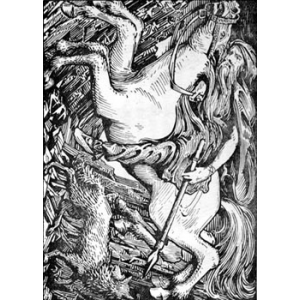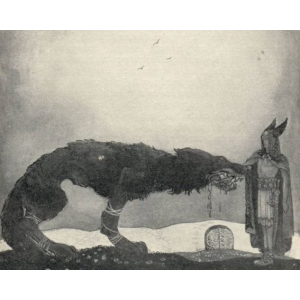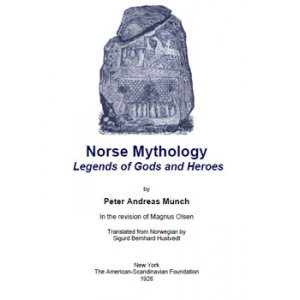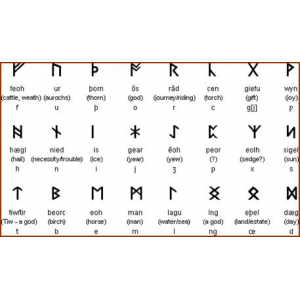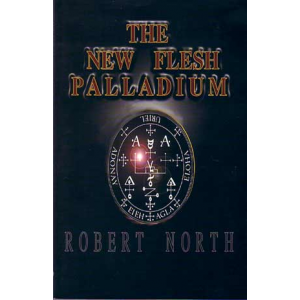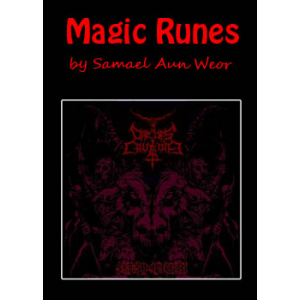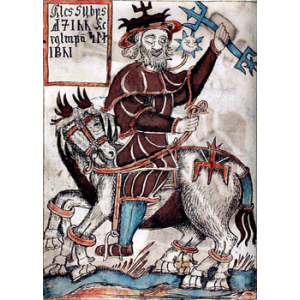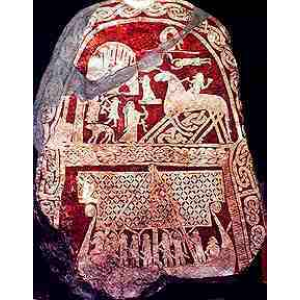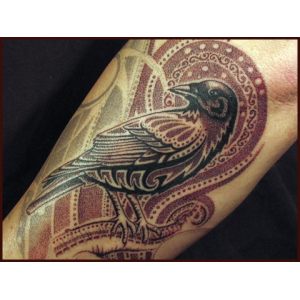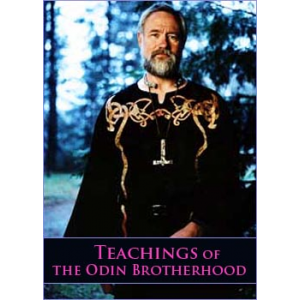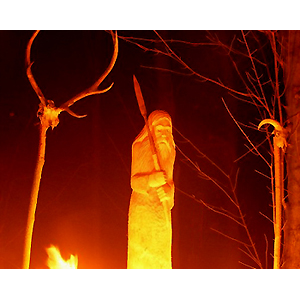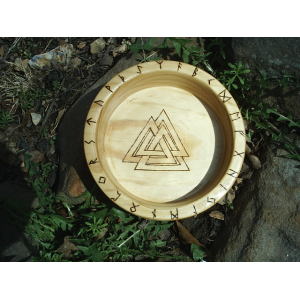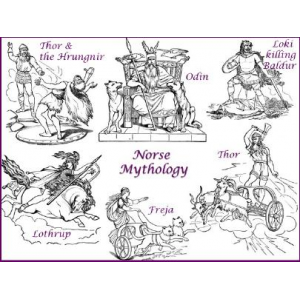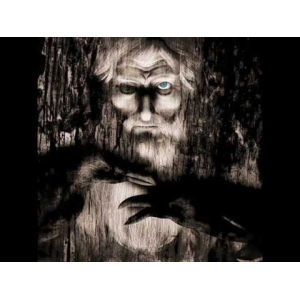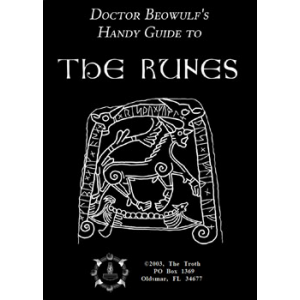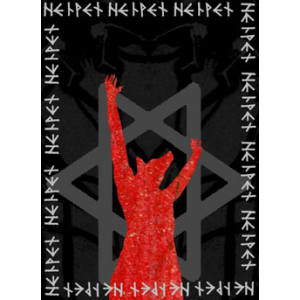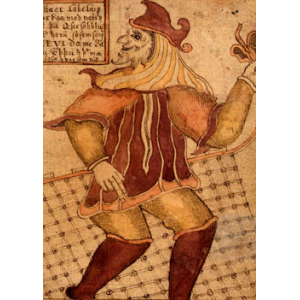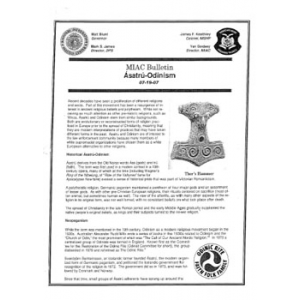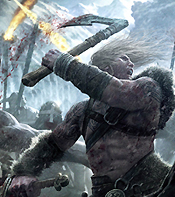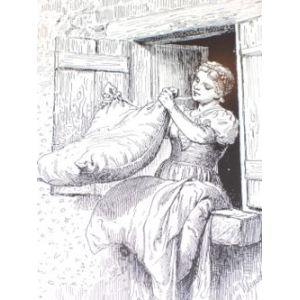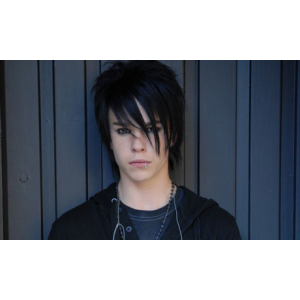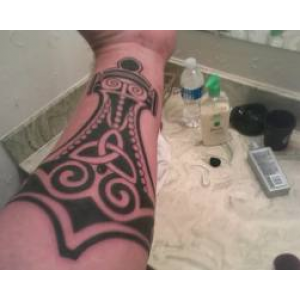 'IN the beginning was the Word' , a statement found at the beginning of the Hebrew Bible, is a typical word-play used to subtly twist the truth. ' The Word ' is attributed to the god Jehovah, a wrathful and destructive demon, and so all of creation is attributed to the destroyer. In reality the statement has a far different meaning.
'IN the beginning was the Word' , a statement found at the beginning of the Hebrew Bible, is a typical word-play used to subtly twist the truth. ' The Word ' is attributed to the god Jehovah, a wrathful and destructive demon, and so all of creation is attributed to the destroyer. In reality the statement has a far different meaning.
' Word ' in modern German is ' wurt '; but in Old High German ' wurt ' meant ' wyrd '; the Saxon for wyrd was ' word ', phonetically similar to ' word '. The Norse ' Orlog ' contains the word ' Log ' meaning ' layers ', which in turn may have the same root as the Latin ' logos ', ' words . ' Log ' is also a record of events and so implies ' past events '. So this phrase, in truth, should be, ' In the beginning was the Wyrd '. A very different concept:
And so it was, is and will be! The Wyrd was first; the cosmic mind that drives the wheel of fate and mysteriously hides a changing pattern of unfolding evolutionary destiny. The rune Perthro is a dice-cup, the container that throws the dice in the game of life of which we, the gods, elves and all beings participate. It is the opening womb of the Earth Mother, giver of life, and at the time of birth we begin to work out our fate. Behind the ' chance ' of the dice throw is a pattern of evolution of which we form a part. We are woven by the Wyrd Sisters into the loom of fate, on to the Web of Wyrd, in a pattern with all the other beings of existence and our own destiny appears upon the pattern. And what we do will affect what we are in the future: the past determines the future.
Interestingly, the Norse Orlog is very similar to a Flemish (Dutch) word ' oorlog ' which means 'war'. The word war appears to derive from an Aryan root-word having the following meanings:
1. to will/choose,
2. to speak;
3. to wind or turn.
'To choose' reminds us of the Valkyries, Choosers of the Slain, an aspect of the Wyrd Sisters. 'To speak' implies 'the Word'. 'To wind/turn' implies the cyclic motion of the cosmos and 'wind' can be applied to a spring/spiral. Is the cosmos not a constant 'war' of opposites, the eagle battling with the serpent on the World Tree? And are we not a part of this constant war? And from this struggle emerges the evolutionary drive of the Wyrd , the cosmic mind.
Free eBooks (Can Be Downloaded):
Anonymous - What Is Wicca Article 2Stephen Mcnallen - What Is Asatru
Lil Bow Wow - What Is A Warlock
